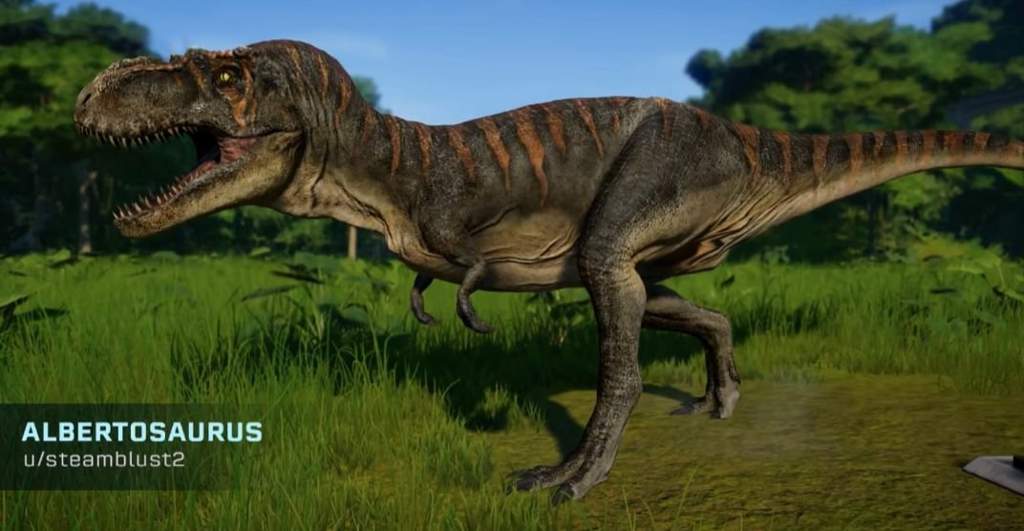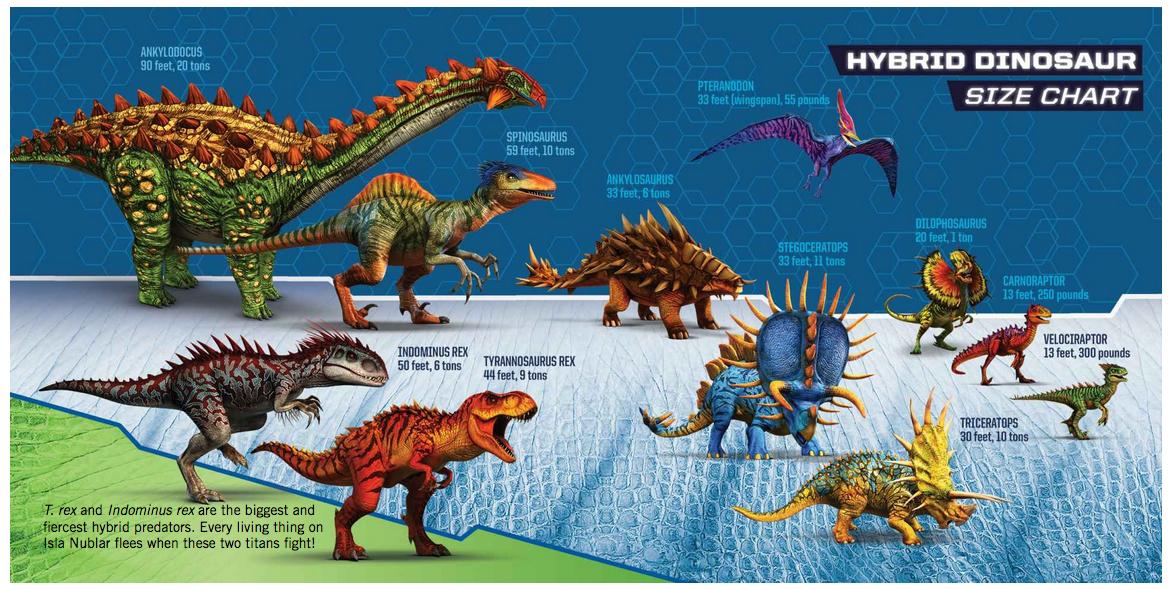

It is unlikely that a dinosaur will leave its territory once it is finished, allowing you the option of designing certain areas of an enclosure to cater to certain species. Once it is satisfied, its territory is complete. Essentially the dinosaur moves around within the confines of the enclosure until it is at 100% comfort. Unlike the first game where your dinosaur magically mapped out their entire enclosure at once, thus adjusting their comfort levels instantaneously, your dinosaurs now develope a territory within the enclosure. At which point, the space highlighted by their territory is now, well, their territory. Territory is the space a dinosaur carves out for itself, once released each dinosaur will wander until they reach 100% comfort.

Your dinosaurs will now create a Territory within their enclosure. That main difference is the introduction of the Territory mechanic. A dinosaur may not tolerate as many other species if its enclosure is too small!īefore we get into explaining those aspects of the social need, we need to understand the fundamental difference between how the social need was determined in the first game and how it is determined now. Keep in mind that when answering these question, part of the answer is determined by the size of the enclosure. How many of OTHER species can it tolerate?.If you want your dinosaur to be comfortable, you will want to be sure their social needs are met. Your dinosaurs each have a social need, which plays into their overall level of comfort. However, once you understand the basics, the rest will become very easy to understand. No worries! The new mechanics of your dinosaurs social needs can seem very daunting, as there is a lot more to keep track of. What are they! What is dinosaur comfort? And how do I know my dinosaur's social needs are met? This is the new link, please let me know if it works now!
#Jurassic world evolution 2 dinosaur list download
If you wish to edit then you can download the sheet yourself. I changed the settings so it should be anyone with the link can view. PROS: It lists a wide range of enclosure ideas, easy to navigate (with pictures!), and includes the preferred food type.ĬONS: Doesn't list enclosure size, doesn't include all species as it only details enclosures that would be smaller than 5,000 square meters (so I guess the only space indicator is that each enclosure is less than that), some of its enclosures don't work with species that are impossible to put together (flyers and carnivores) or species that will kill each other (pleisiosaurs and kronosaurs). JWE2 Toolbox : Lists a lot of enclosure options. I definitely want to be sure that you find what you are looking for, so I will be sharing links to other sources that have additional information. There are many sites/guides that revolve around the same idea of trying to create good enclosures using the new social mechanics.

Hopefully you find this guide helpful! Let's get into it!

Then finally a list of what combinations of species I love to use to maximize the number of dinosaurs in each enclosure. A collection of charts depicting the social stats of each species, which are further broken down into herbivores, carnivores, flyers, and marine species. This guide is broken down into sections, which are summarized as: An overall explanation to the new social mechanics. All of the testing has been done (so far) in Hard Challenge mode.
#Jurassic world evolution 2 dinosaur list full
Now you try to make a lovely enclosure full of diverse sauropod species and the dinosaurs become enraged! So what gives? I will try to help by explaining what I have learned through playing the game myself. It used to be that herbivores would all live in harmony, the only limit was the size of populations. This guide is all about the pesky new social mechanic that is having new or returning fans of the JWE game scratching their heads.


 0 kommentar(er)
0 kommentar(er)
